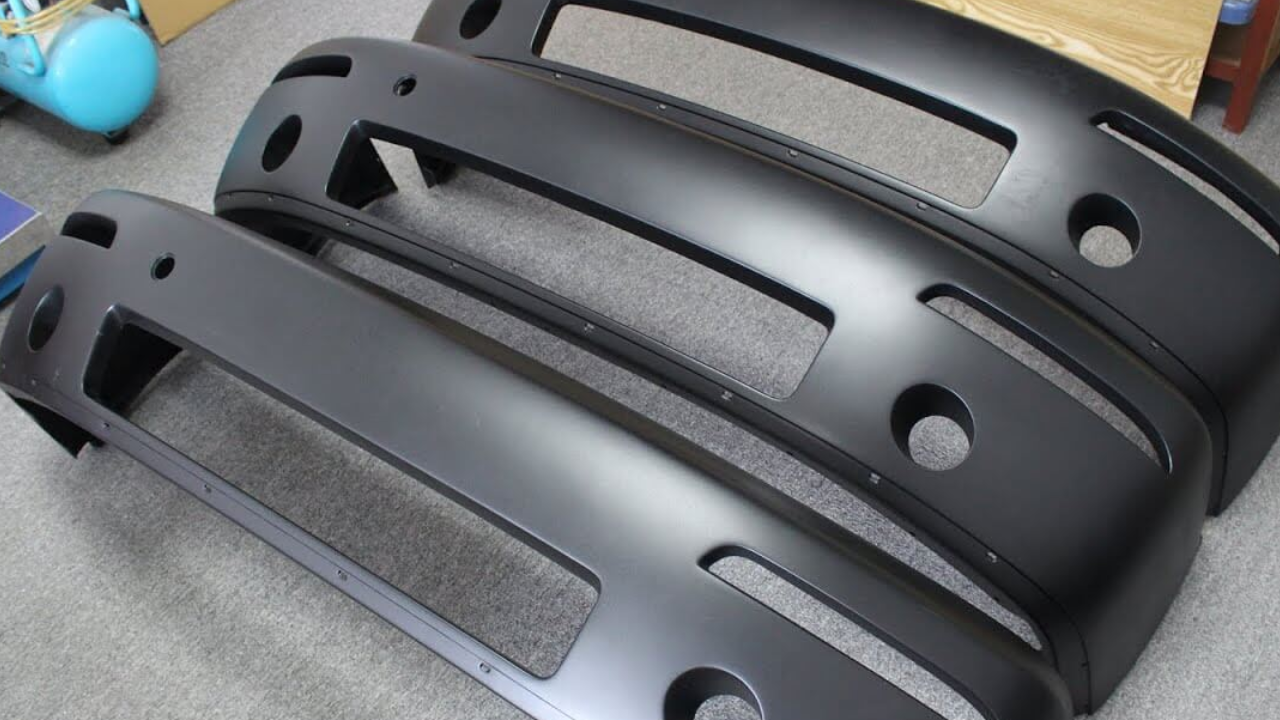The process of making pieces out of thermoset foam is known as RIM molding. Similar to epoxy glue, a thermoset is a molding resin that undergoes a chemical reaction. Two components—a polyol and an isocyanine—will react chemically and exothermally when combined and come into contact with a heated tool surface, eventually setting up.
After the mixture is injected at low pressure, the mold must have time to cure and expand. This sort of material cannot be melted down and reused after molding or curing, unlike thermoplastics commonly used in conventional injection molding. Reaction injection molding makes use of liquid polymers with low viscosity.
RIM, in contrast to conventional injection molding, always employs lightweight, economical thermoset polymers. Our company, 3ERP RIM, uses high-quality polyurethanes for reaction injection molding like those produced with Convector LLC, a partner in business. Furthermore, highly designed resins like DCPD (dicyclopentadiene), which is also known as DCPD,
Is Reaction Injection Molding Environmentally Friendly?
As equipment grows more effective and materials like thermosetting polymers are able to survive high temperatures and conditions, injection molding is becoming more environmentally friendly. Injection molding produces some material waste, but it is less than with many other manufacturing techniques. The carbon footprint of items over their whole life cycles, including during manufacturing, is also taken into account.
Can Silicone Be Used In Reaction Injection Molding?
Yes, all RIM-derived techniques can employ silicone. Liquid Silicone Rubber (LSR) injection molding, sometimes referred to as silicone RIM, is a type of RIM that only uses silicone-based materials. When compared to other materials, silicone RIM has a number of benefits and special qualities to offer.
Their remarkable elongation tolerance, flexibility, and excellent biocompatibility are just a few of their special qualities. They also exhibit exceptional resistance to both high and low temperatures. While silicone RIM and other RIM processes are comparable, treating silicone-based materials calls for unique tools and procedures. In order to ensure high-quality parts, injection pressures must be lower than for standard RIM operations, and tool design must pay close attention to flow and venting.
Material Used For Reaction Injection Molding Process
The following is a list of typical materials used in RIM:
Polyamides
In RIM applications, the utilization of reactively polymerized precursors that produce nylon polymers is growing. A nylon 6 that has been treated with an elastomer is Nyrim®. When processed, it has a very low viscosity, which yields cured nylon with a high molecular weight. These materials, which range in elastomer content from 7 to 40%, can replace high-tech TPEs while being more affordable, stronger, and more RIM process-friendly.
RIM polyamides have excellent fatigue and abrasion qualities, high paintability, and a desirable stiffness/toughness balance even at low temperatures. Most intriguingly, once molded, RIM polyamides are thermoplastic. They differ from the majority of RIM-capable materials in that they can be added to regular recycling routes.
Fiber Composites
Materials that are frequently employed in RIM are fiber composites. Before injection, pre-formed mats of reinforcement materials like glass fiber and carbon fiber are placed in the mold. The low-viscosity precursor materials are then pumped into the cavity and completely encapsulated.
Polyurethanes
Because of their tremendous recognition and flexibility, polyurethanes are one of the most frequently used materials in RIM strategies. In terms of hardness, flexibility, effect resistance, chemical resistance, and thermal balance, they may be made to have unique ranges of each. To meet healthy design specifications, polyurethanes are without difficulty colored, painted, or textured. They can also produce superb surface finishes and aesthetically desirable appearances.
Sum Up
Reaction injection molding has many advantages. Given the expense of the equipment and the actual molds, the entry cost for reaction injection molding production might be expensive. Different kinds of materials are used in the RIM process. Reaction injection molded components are resistant to chemicals and non-corrosive. Because of this, RIM is ideal for everything in industrial equipment 3ERP provides the best service for reaction injection molding.
